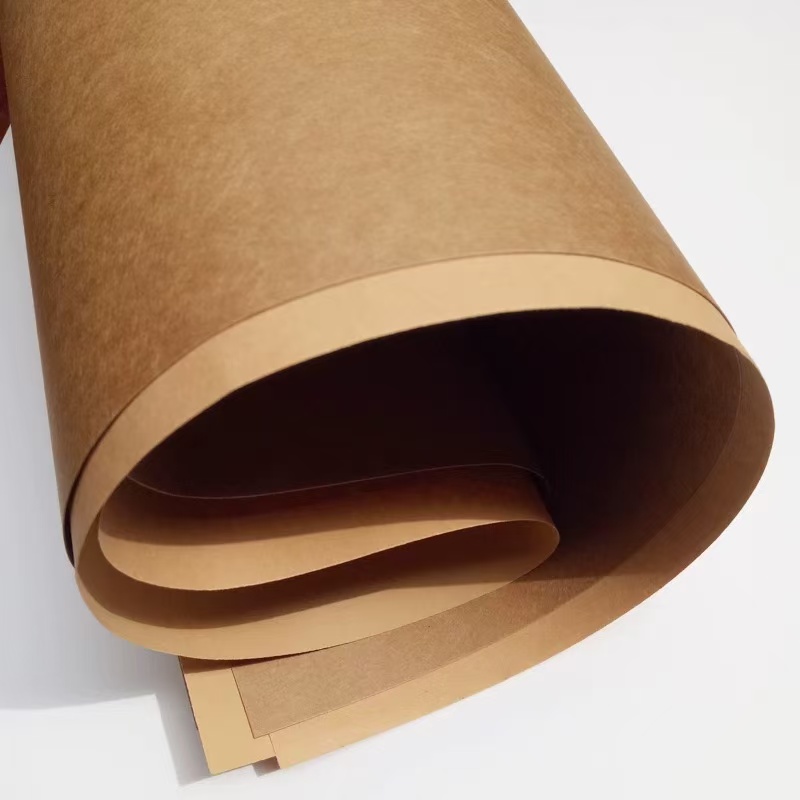1) What it is (Definition)
Kraft paperboard is a heavier, stiffer grade of kraft made from long softwood fibers via the kraft pulping process. Compared with regular kraft paper, it runs at higher basis weights and thickness, giving you better rigidity, fold strength, and load-bearing—ideal for packaging that needs to stand up and hold shape.
2) Key types
Natural (Unbleached) Kraft Board
Brown, fiber-rich look with strong sustainability cues—great for minimalist or earthy branding.
White Top / Bleached Kraft Board
Clean, bright print surface (back can be brown or light tan). Best when graphics and color accuracy matter.
Functional / Barrier Kraft Board
Water-based coatings for grease/moisture resistance, scuff resistance, or heat-seal performance—common in food and delivery use.
Recycled-content Kraft Board
Includes post-consumer fiber; slightly grayer/browner tone with visible specks—good for e-commerce and brand stories around circularity.
High-strength / Liner-grade Board
Built for burst, tear, and edge crush—used as reinforcements, pads, or paired with corrugate.
3) Common basis weights & thickness (typical bands)
200–250 gsm (≈0.28–0.35 mm): belly bands, cards, light folding cartons, small hang tags.
250–350 gsm (≈0.35–0.48 mm): core range for folding cartons, bag stiffeners, covers.
350–450 gsm (≈0.48–0.60 mm): heavier cartons, gift-box inserts, protective boards.
≥450 gsm (≥0.60 mm): display cards, structural reinforcements.
Rule of thumb: as gsm rises, stiffness and crush strength go up—but so does fold spring-back, so dial in your score profile.
4) Core performance traits
Strength & durability: Long fibers deliver high tensile, burst, and tear—good shock resistance for transit.
Rigidity & form: Holds shape, resists panel collapse; needs correctly sized scores and channels to avoid cracking.
Print surface: Natural sides absorb more ink and warm up colors; white or coated sides give crisper detail.
Moisture behavior: Uncoated stock takes on water more readily; choose low-Cobb or add a barrier when humidity or grease is in play.
Dimensional stability: Sensitive to RH—manage storage and pressroom climate to prevent warp.
5) Where it works best
Folding cartons for beauty, fragrance, dry foods, small electronics/accessories.
Shopping-bag reinforcement (top/bottom cards) for higher carry loads.
Cards & covers such as price cards, notebook/menu covers, sleeves.
Belly bands & product sleeves that need steady wrap tension.
Inserts & protectors—dividers, edge guards, pads for e-commerce.
Food service (with the right barrier): takeaway wraps/sleeves, bakery pads, cup sleeves—subject to food-contact compliance.
6) Where it’s not the right fit (limits)
High-humidity, washable, or outdoor exposure without protection—expect strength loss and warp.
Photo-gloss, ultra-vivid graphics on natural sides—colors shift warmer/darker; use a white top or lay down a white underlayer.
High barrier needs (oxygen, water vapor, aroma)—plain board won’t meet spec; move to multi-layer or barrier structures.
